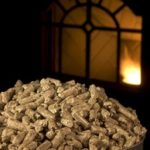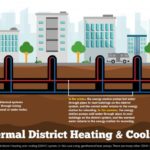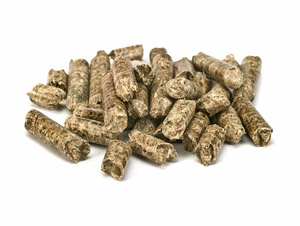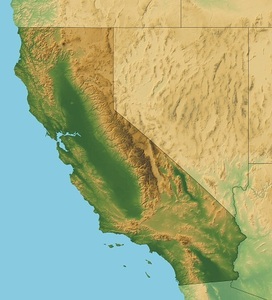DOE launches $4M effort to modernize wood heating
Energy Disrupter
ADVERTISEMENT
The U.S. Department of Energy’s Bioenergy Technologies Office on June 2 announced the launch of $4 million initiative that aims accelerate wood heater innovation and support the development of the next generation of efficient and clean wood heaters.
The agency notes that approximately 11 million U.S. homes currently use cordwood or wood pellets for spacing heating. Although biomass is a renewable energy source, outdated and inefficient wood heating appliances create particulate matter (PM) emissions. The DOE estimates that cordwood and wood pellet heaters currently contribute to approximately 7 percent of the nation’s total annual PM2.5 emissions.
To help reduce these emissions, Brookhaven National Laboratory and Lawrence Berkeley National Laboratory, with funding from BETO, are overseeing a Cooperative Research and Development Agreement (CRADA) to accelerate innovation in wood heaters and help develop a new generation of clean, efficient wood heating appliances.
According to the DOE, at least $4 million will be made available for the competitively selected CRADA call. Up to four projects will be selected to participate, with a project duration of 12 to 18 months. Applicants are expected to provide 20 percent cost share of the requested funding.
Eligible projects include those that aim to improve the performance of commercial wood heaters through design optimization/modifications; develop and validate the performance of wood heater retrofit devices; develop and validate the performance of post-combustion wood heater technologies; and support field testing to better quantify heater performance, including advising on data collection best practices and equipment, interpreting data that is collected, and understanding how collected data could be used to improve heater performance.
An informational webinar is scheduled for June 16, with the deadline to submit concept papers set for Aug. 11. Final proposals are due Nov. 3. Additional information is available on the DOE website.
















